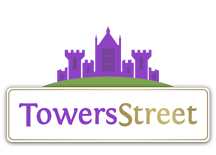Some positive PR for the park
Leah has returned to the park and enjoying a girls weekend in a luxury treehouse.
https://www.dailymail.co.uk/news/ar...ng-leg-Smiler-ride-crash.html#article-8032427
Leah has returned to the park and enjoying a girls weekend in a luxury treehouse.
https://www.dailymail.co.uk/news/ar...ng-leg-Smiler-ride-crash.html#article-8032427


